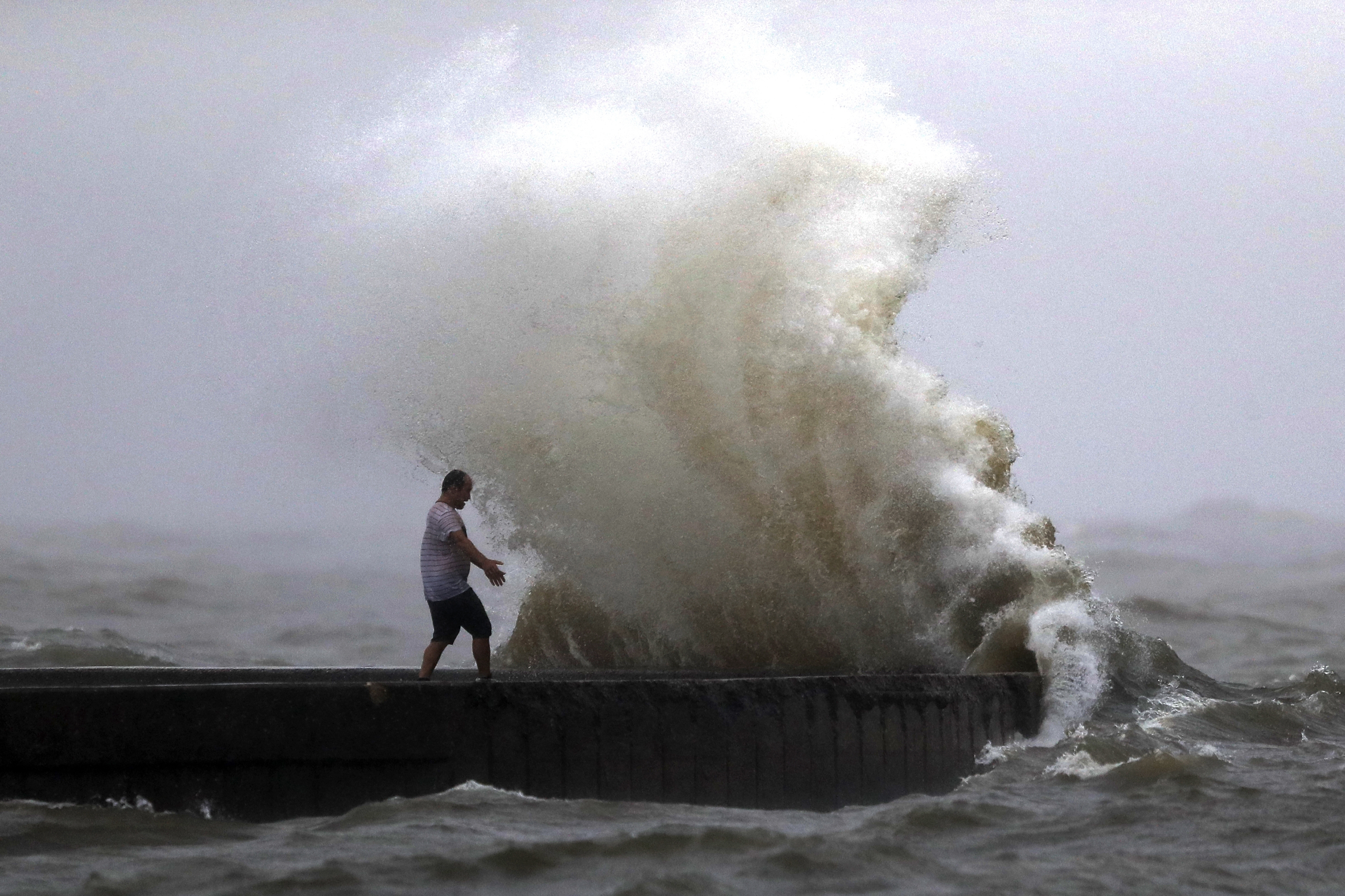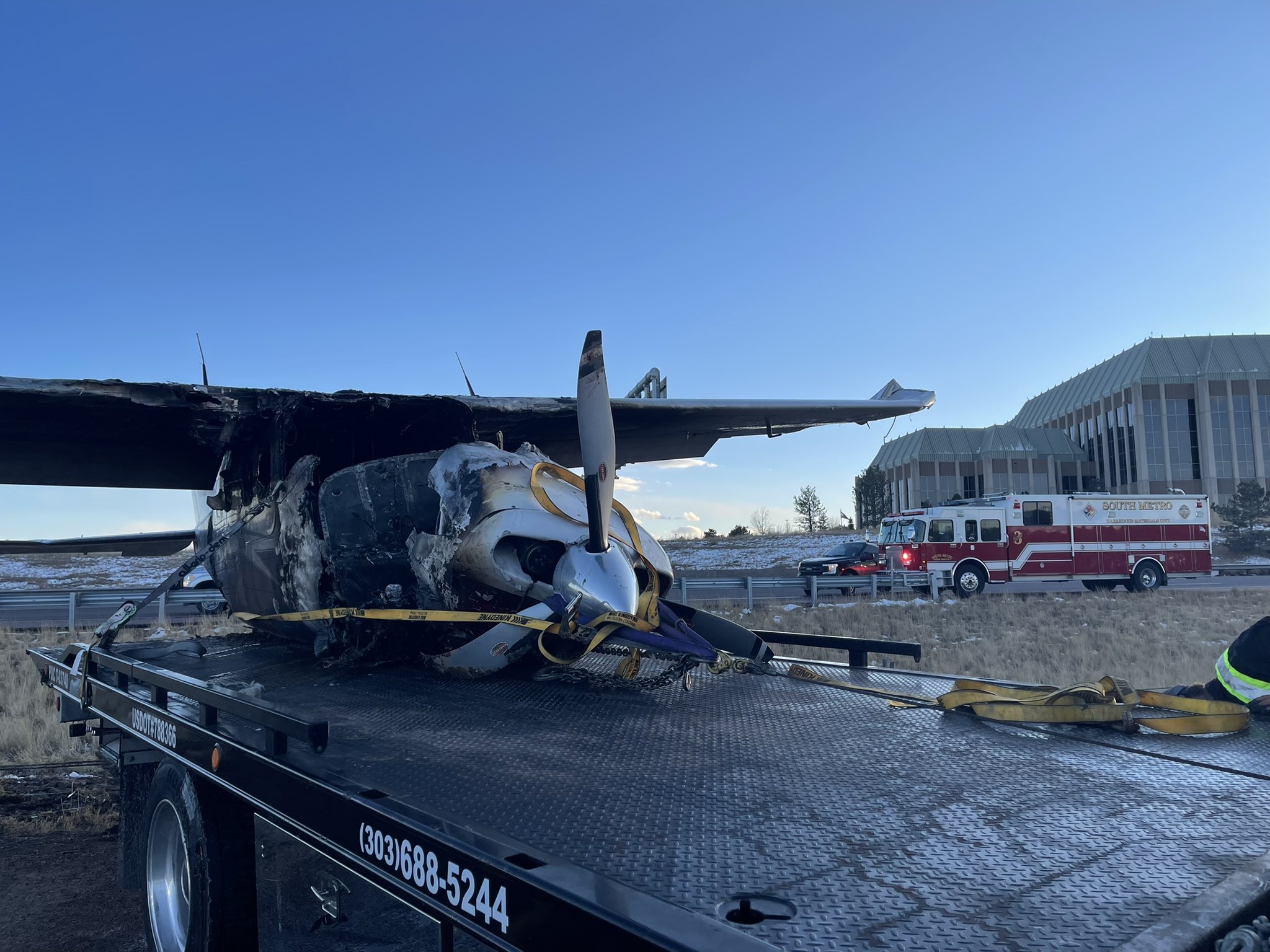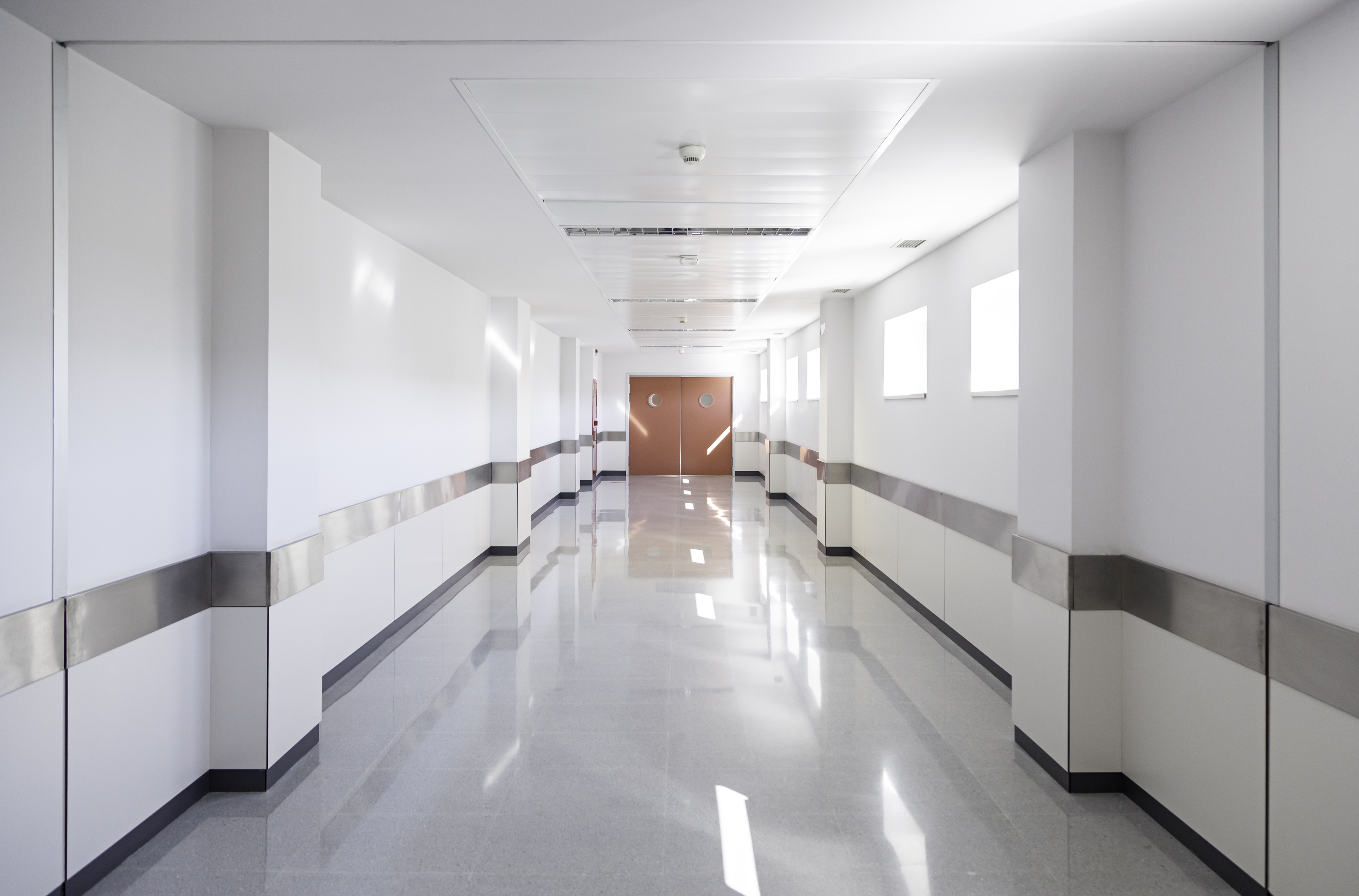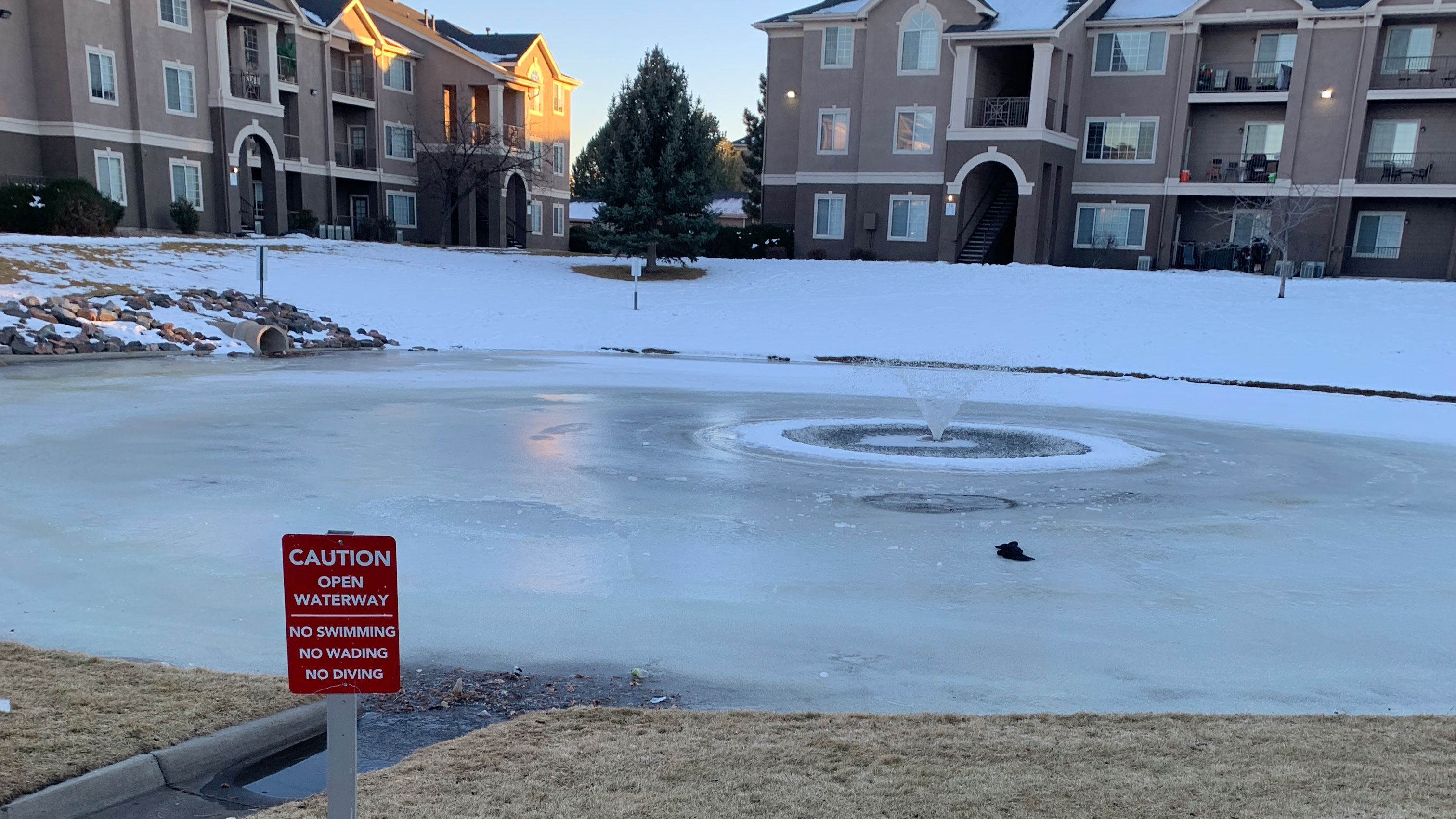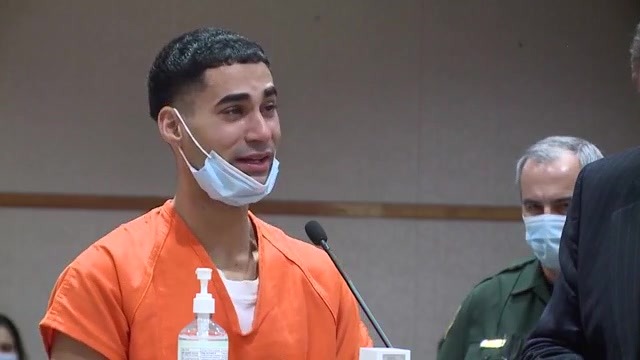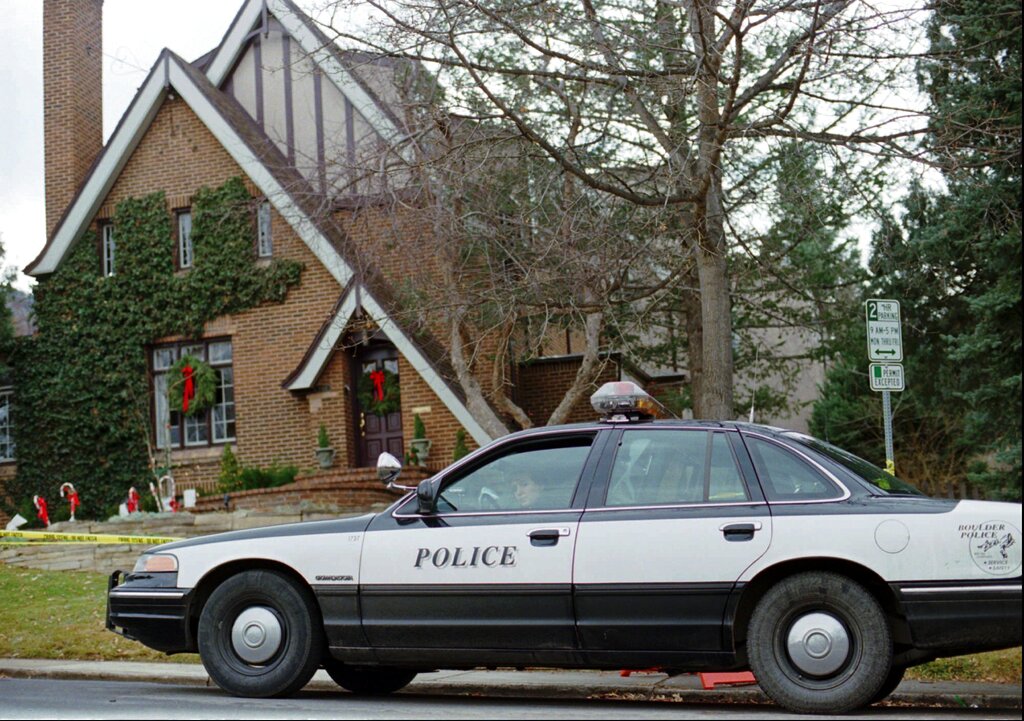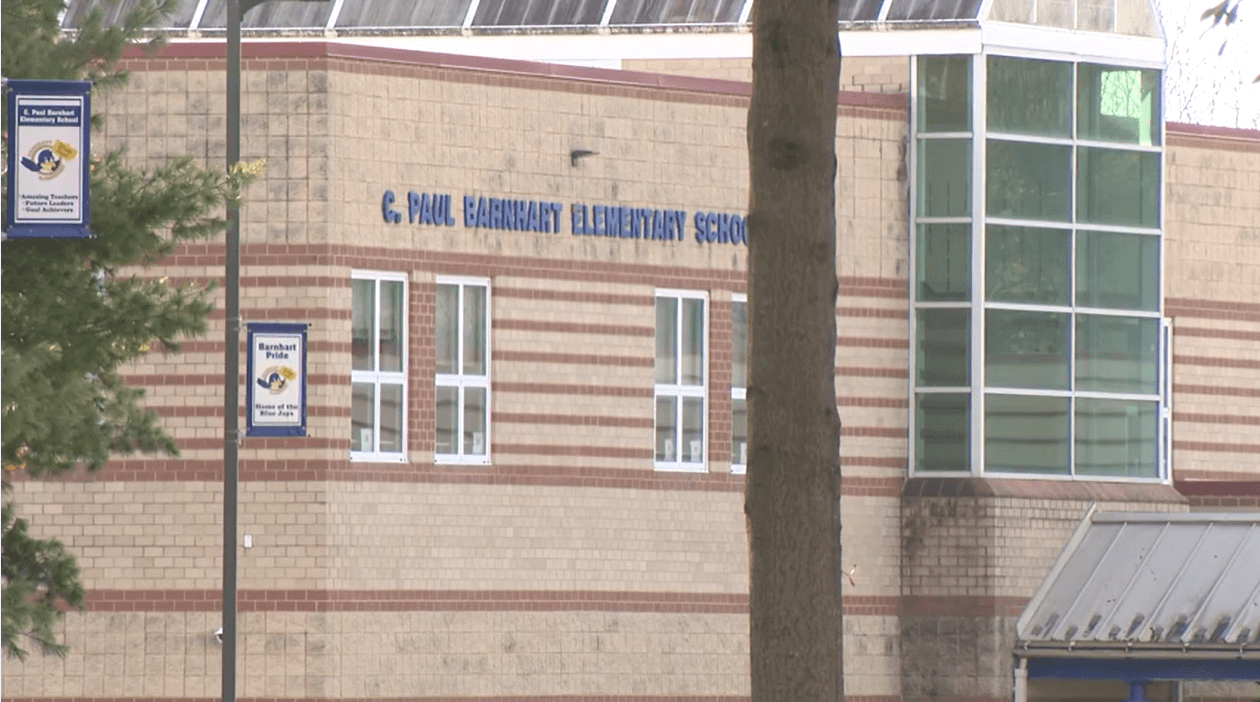NORFOLK, Va. (WAVY) — Students attending Norfolk Public Schools will all continue to learn remotely until the Centers for Disease Control and Prevention COVID-19 health data for the city remains in lower-risk categories for at least two weeks.
Even after that, grade levels will be brought back into the classroom in phases, with high school students staying out of the building until at least February — maybe longer.
The plan approved by the school board late Wednesday night took hours to be agreed upon. Those watching the virtual meeting described it as “a joke” and a “train wreck” as members regularly made motions that never materialized into plans that had consensus with the rest of the board.
Ultimately, compromise was reached. With a 6-1 vote, teachers, parents and students have some idea of what to expect moving forward in these unexpected times.
School board member Rodney Jordan was the lone dissenting vote.
“You need to make a decision, period,” said Superintendent Dr. Sharon Brydsong during one of the several moments when the board sat at an impasse.
Since the beginning of the school year, the entire district has been participating in virtual learning in order to combat the spread of COVID-19. Byrdsong recommended a plan earlier this month that would have brought some students back beginning Nov. 4. Early on in the meeting, board member Dr. Noelle Gabriel — a pediatrician by profession — motioned to base the timeline on CDC health metrics.
The board eventually agreed to wait for six different health indicators to fall in such a range that there is a “lower” or “lowest risk” of transmission of COVID-19 for 14 days. Indicators include the number of new cases per 100,000 people within the last 14 days and the percentage of hospital beds in the community that are occupied. Data considered will be for both Norfolk and the region.
Parents can still choose to keep their students learning virtually at home through the rest of the year.
The two-week clock isn’t ticking yet, as the metrics are not all in the “lower” or “lowest” category.
Once the metrics are in at least the “lower” category for a consecutive two weeks, phase 1 of students re-entering can begin. Three weeks will separate each phase as long as health metrics don’t go in the wrong direction.
- Phase 1 – Equity and Opportunity students, specifically students with disabilities (K-12 students in self-contained classrooms) and English learners (K-12 students in levels 1, 2, and some 3). The students with disabilities in this phase will attend school four days per week. The possibility of English language learners attending school four days per week will be reviewed by the administration.
- Phase 2 – Kindergarten through grade 3 (hybrid model)
- Phase 3 – Grades 4 and 5 (hybrid model); the possibility of returning prekindergarten students will be reviewed
- Phase 4 – Grades 6 through 8 (hybrid model)
- Phase 5 – Grades 9 through 12 (hybrid model)
The hybrid model means half the students attend classes Monday and Tuesday in-person, and the other half would attend Thursday and Friday. This would leave Wednesday open for what has been dubbed “asynchronous learning days.”
